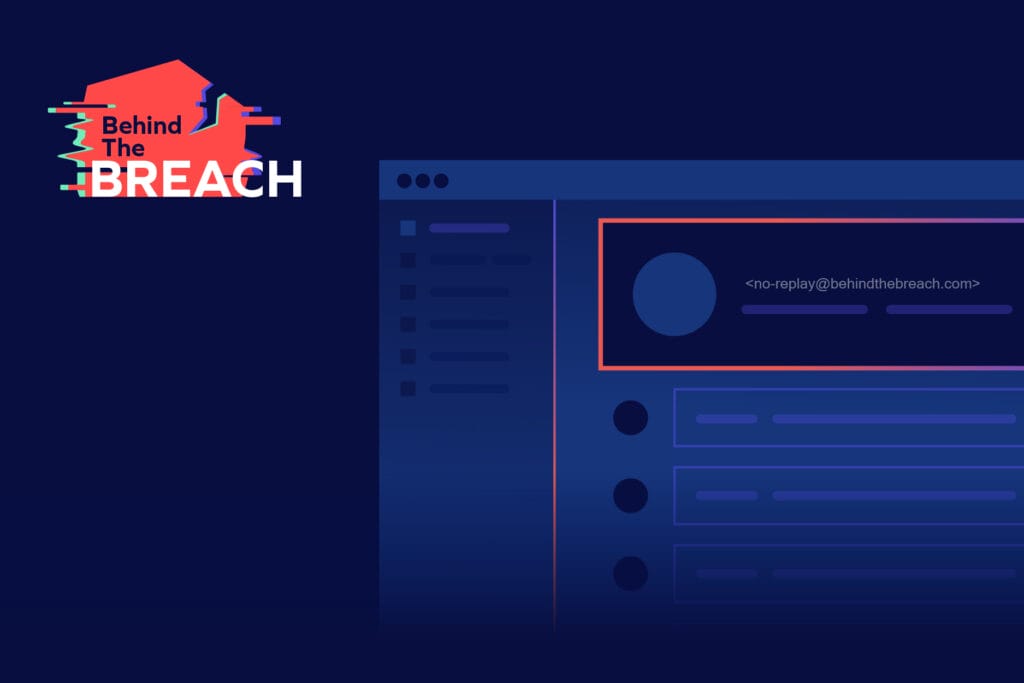When talking about the supply chain, there is a basic reality that we mustn’t forget: every business is both a client and a vendor. In today’s global economy, business has become a complex matrix involving millions upon millions of interconnected companies. Every business has a myriad of vendors they work with. However, those vendors, in turn, also have vendors they work with. In some cases, two companies that work together can be clients and vendors to each other. The nature of how products and services are exchanged and traded between businesses these days makes this a reality.
The size of vendors that work with different companies span the gamut, and the permutations are endless: a small company providing services could just as well work with an enterprise business, an SMB or mom n’ pop shop. Similarly, a massive conglomerate could very well work with a vendor that is equally large, perhaps a consulting firm or legal firm. However, the latter could also work with smaller contractors or agencies. Conversely, the conglomerate itself is also the vendor for several other companies, both large and small. A large distributor could sell to smaller corner stores the same way it does to large department stores. And on it goes.
The interdependence of businesses on a global scale has fundamentally transformed how bad actors approach their schemes because every business could be a target for a supply chain attack. We discussed previously that the supply chain is highly prone and susceptible to attacks. Typically, it’s the smaller companies that are at greatest risk, through BEC or through hacking due to a dearth of security protocols and protections in place. While larger companies might have more robust security programs running, they are also susceptible as vendors, especially if they have smaller subsidiaries that offer their clients specialized services on a smaller scale. By leveraging tactics that involve generative AI, these bad actors can operate at scale and target everyone, and they can easily launch attacks on a broad swath of vendors of all sizes. Afterall, all humans are prone to errors, and anyone can fall victim to social engineering and executive impersonation as we’ve seen with recent uses of deep fakes.
What Does This Mean for the Supply Chain?
If we can agree that every business can also be a vendor, then protecting the supply chain should be an even bigger priority for businesses globally. For specific stats around the growth of supply chain attacks, take a look at the article penned by our CEO Shai Gabay here. To fight back, businesses need a platform that can provide two essential benefits to protect both sides of the vendor-client relationship.
- AI. This is the buzz word du jour. And there’s a lot more to be said here. With the rise of generative AI being used for bad, organizations need to learn how to use AI for good, which in this case means thwarting cyberattackers. Trustmi leverages AI to examine and analyze patterns in vendor behaviors within the vendor-client relationship to detect those anomalies that would indicate a supply chain attack is in play. Once the platform detects that something malicious is afoot, then it can stop the attackers in their tracks and prevent the transaction. And because AI constantly learns from new data it receives, our platform’s ability to adjust the baseline as vendor relationships change and detect new deviations from the norm is continuously refined. In this way, we’ve built a product that is always improving the way it offers protection from BEC and supply chain attacks to both sides of the vendor relationship.
- Crowd-Sourced Intelligence. This is the real secret sauce at Trustmi, which we call our Trust Network. This product is built on the logic that we’ve described: every organization can be a client to a vendor, and every vendor can be a client to a different vendor which in turn can be a client to another vendor which in turn…you get the picture. With all these millions upon millions upon millions of companies in the network, we can provide full visibility through collective intelligence that detects anomalies across everyone in the network. What this means is, if an organization is working with a vendor and there’s a deviation in their pattern of behavior, the network alerts all the other businesses working with that vendor to make sure they are vigilant and review invoices carefully to ensure that bad actor isn’t trying to target them as well. The vendor that was attacked is also alerted so they are aware of what exactly is happening, and in the meantime, our platform stops any fraudulent fund transfers from taking place. It’s an added layer of universal protection, which is why so many vendors and organizations (and their vendors) have already joined our network.
Trustmi offers numerous other modules and features to prevent supply chain attacks, but we wanted to denote these two essentials since they set us apart as a leading end-to-end solution that foils bad actors. We’ve seen many of these attacks, and we’ve flagged them for our clients and their vendors with zero false positives, which is rare for an AI-powered tool (ask any CISO or security professional!).
For more information on how we can work with you and your vendors to secure your business payments and provide full supply chain protection, get in touch today.





